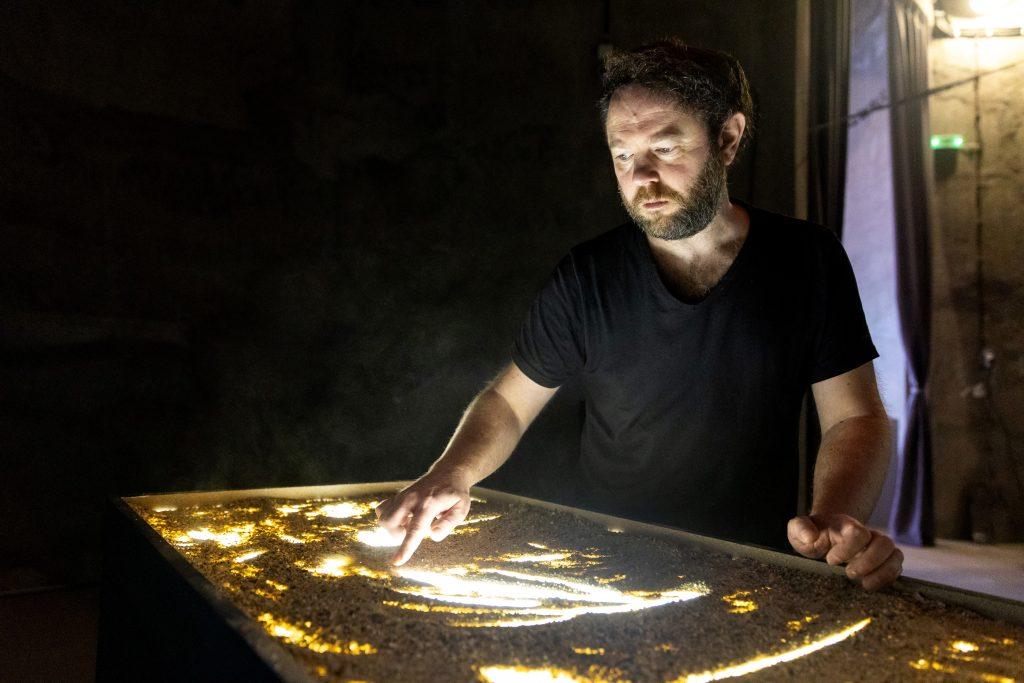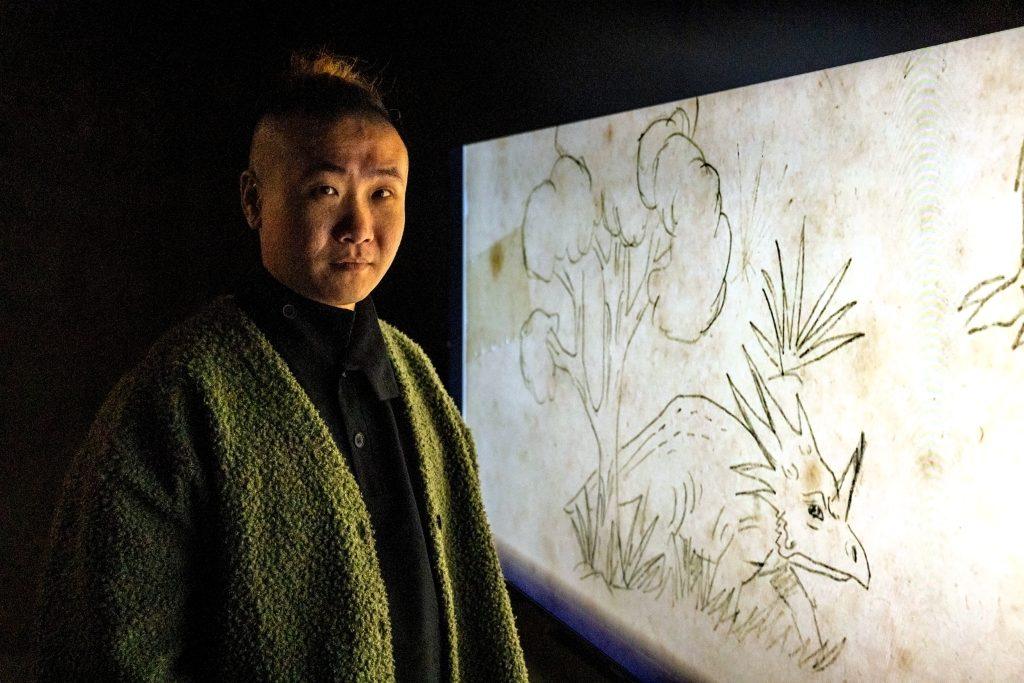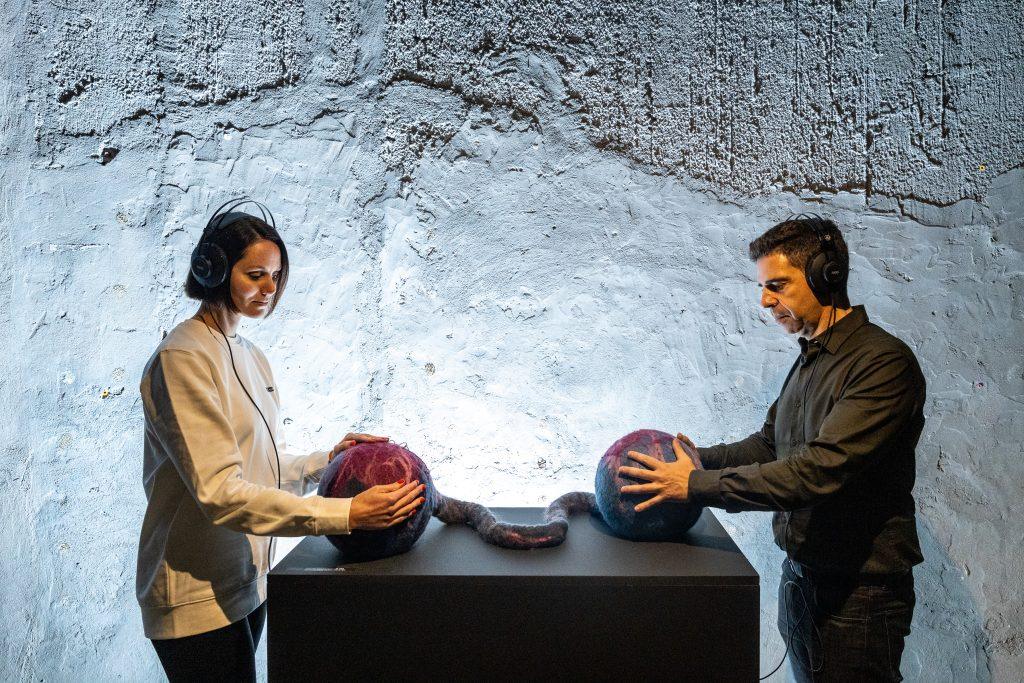In the quiet hum of a laboratory, a scientist adjusts the parameters on a machine capable of sequencing the genomes of a forest soil microbiome. Once hidden in plant roots and soil, the microbial diversity reveals itself in data streams. Technology makes the invisible visible yet, as we map these connections, our digital systems often disrupt the ecosystems we seek to understand.
The practice of biological classification has long been a valuable tool for understanding ecosystems, allowing us to archive biological data and study the diversity of life. However, traditional taxonomy often struggles to capture the complexity of evolutionary processes and interspecies relationships. Yet, this method has revealed to us the dynamic nature of life that reflects planetary relationships that have existed for millions of years. Ecosystems such as rainforests and coral reefs show remarkable resilience and longevity despite constant environmental disturbances. These insights encourage us to approach nature not as an archive, but as a dynamic, interdependent network.
Biological systems are represented by the complex interactions that underlie the health and stability of ecosystems, from the underground network of mycorrhizal fungi to the vast rainforest canopies. Each organism, whether a plant or a microbe, plays a crucial role in maintaining ecological relations. As plants adapt to changing environments such as gardens, greenhouses, and cities, they reflect the resilience that has shaped life for millions of years. Human-plant interactions are a vital part of this web, especially as our actions increasingly influence the ecosystems we depend on.
In the Anthropocene, human activities are increasingly intertwined with natural processes, highlighting the urgent need to balance technological progress with ecological stewardship. While technology offers powerful tools for understanding nature's rhythms and cycles, its development also presents challenges, often altering or tearing the threads in these ancient webs.
The exhibition Interlacing explores the subtle dialogues between the digital and organic worlds, highlighting the symbiotic relationships between biological systems and human intervention. Through audio-visual installations, performances, soundscapes, and interactive and immersive experiences, the exhibition bridges the gap between disciplines, offering new perspectives on natural processes and connecting personal narratives with broader environmental themes. In this way, not only it emphasises the beauty and complexity of the interweaving of natural networks, but encourages us to recognise the interdependence of all living systems, to consider our role in them, and to work towards a more harmonious coexistence between nature and technology.
Dr. Bojan Kenig
Co-selector of the exhibition Interlacing





